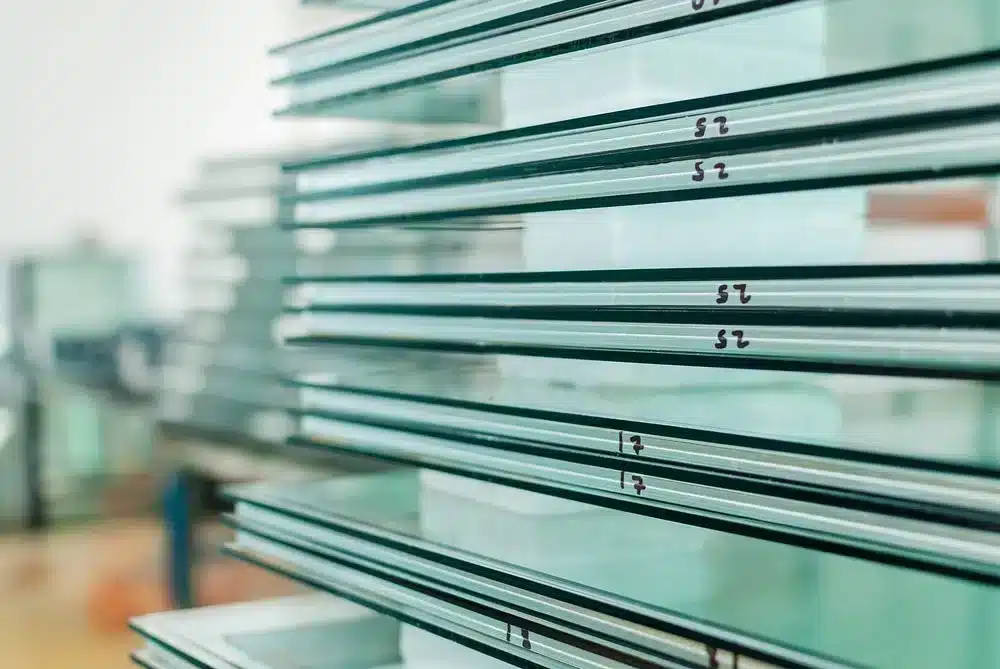Tempered glass is a type of safety glass created by heating and cooling ordinary annealed glass. This process strengthens the glass, making it less likely to shatter into dangerous shards if it is broken.
Tempering also increases the thermal stress resistance of the glass, so it can withstand sudden temperature changes without breaking. This makes tempered glass ideal for use in applications where it might be subject to thermal stress, such as in-car windshields and oven doors.
The manufacturing process for tempered glass begins with cutting and shaping the annealed glass into the desired size and shape. The glass is then heated in a furnace to a temperature of around 620 degrees Celsius.
Once it has reached this temperature, the glass is rapidly cooled by blasts of air or water. This sudden cooling creates a surface tension that makes the glass much stronger than it was before.
Tempered glass is up to four times stronger than annealed glass of the same thickness, and it can resist thermal stress that would cause the annealed glass to shatter. However, tempered glass is also more brittle than annealed glass so it can break if subject to a sharp impact.
When tempered glass does break, it shatters into small fragments that are far less likely to cause serious injury than the large shards of broken annealed glass. This makes tempered glass an excellent choice for use in applications where safety is a concern.



